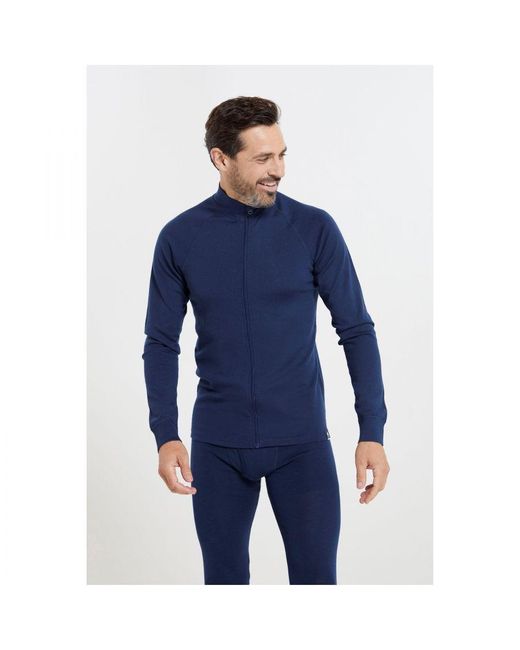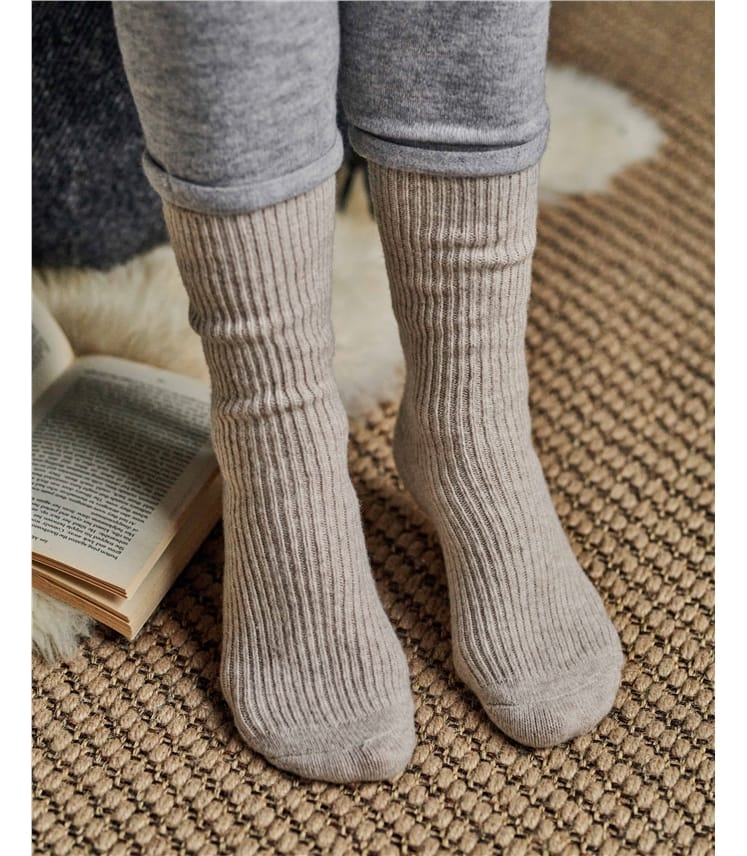Excellent Tips To Selecting Merino Wool Base Layers
Wiki Article
Why Are Yak Merino Wool Base Layers So Beneficial For Winter Sports Clothing In Terms Of Natural Fiber Benefits And Environmental Sustainability?
Yak merino wool base layer are highly effective for winter sportswear not just due to their performance benefits but also because of their natural fiber benefits and sustainability for the environment. Biodegradable and renewable.
Merino and Yak are both natural fibers made from animals. These are renewable resources that are harvested sustainably without hurting animals. They are biodegradable, meaning that they degrade naturally and do not harm the environment.
Low Environmental Impact
Natural fibers have a generally less negative impact on the environment as compared to synthetic materials. The harvesting and cultivation of wool is less involving chemicals and uses less non-renewable resources when compared to synthetic fibers.
Energy Efficiency
The processing of wool fibers uses less energy than production or synthetic fibers, such as nylon and polyester. The process of making natural wool consumes less energy and reduces carbon emissions.
Reduced Microplastic Pollution
Natural wool fibers aren't in charge of microplastic pollution in waters Contrary to synthetic fibers, which shed microplastics upon washing.
Durability and Recycling-
Yak Merino Wool clothes tend to be long-lasting and durable. lasting, which increases their lifespan. Wool fibers are also recyclable or repurposed to reduce consumption and harm to the environmental.
Sustainable Practices
Some wool manufacturers and producers adhere to ethical and sustainable practices. They take care to ensure the welfare of animals, a good land management, and fair work conditions for their workers.
Environmental Certification-
Insuring consumers about the quality of wool produced is a certification such as the Responsible Textile Standard (GOTS) or the Global Organic Textile Standard.
The base layers of yak merino are eco-friendly because they are made from natural, renewable resources and incorporate ethical and sustainable practices in the supply chain. The use of natural fibers for winter sport clothing such as yak and Merino is an opportunity to encourage environmentally sustainable consumption. See the top merino wool base layers examples for site advice including merino long underwear, smartwool 250 base layer, smartwool 250 base layer bottoms, merino wool thermals mens, best mid layer skiing, baselayer bottom, paradox merino blend, smartwool merino 250 bottoms, ski thermals mens, sitka base layers and more.

What Are The Advantages Of Wearing Bamboo Clothes In Terms Of Thermal Regulation, Biodegradability, Uv Protection And Environmental Impact?
Bamboo clothing offers many benefits in terms of thermal regulation as well as UV protection.
Insulation- Bamboo fabric has natural thermal-regulating properties that provide warmth in cold weather while still remaining air-conditioned. It regulates the body's temperature by retaining the heat in cooler temperatures and allowing for ventilation to prevent overheating while exercising.
UV Protection
UV Resistance - Bamboo fabric provides natural protection against harmful ultraviolet UV rays. It blocks a significant part of the UV sunlight's rays, adding another layer of protection from exposure to sunrays.
Biodegradability-
Eco-friendly- Bamboo clothing is biodegradable, meaning it breaks into pieces naturally at the end of its lifecycle without leaving harmful residues or contributing to environmental pollution. This means that clothing waste is reduced and its environmental impact.
Environmental Impact-
Sustainability- Bamboo as a raw material is extremely sustainable. It is a fast-growing plant that does not require chemical fertilizers and pesticides. Its rapid growth rate is what makes it a sustainable resource.
Low water usage Bamboo uses less water compared to other crops like cotton, making it more water-efficient. This is essential in conservation efforts and it reduces the strain on water resources.
Soil Conservation
Soil health - Bamboo cultivation doesn't deplete soil nutrients and doesn't require large amounts of irrigation. This improves soil conditions and decreases the need for harmful farming practices.
Carbon Sequestration
Carbon Absorption- Bamboo has the ability to absorb CO2 and release it more efficiently than other plants. This property helps mitigate carbon emissions and combat climate change.
Bamboo clothing's advantages are its thermal control as well as UV protection, and biodegradability. It's also a good choice for people who are seeking sustainable clothes. These characteristics are compatible with green practices, bringing benefits to both the wearer and the environment. See the top full report for website info including bamboo clothing wholesale, bamboo yoga pants, bamboo tee shirts mens, bamboo t shirts mens, bamboo ladies pants, halloween bamboo pajamas, bamboo onesies, organic bamboo pajamas, bamboo fiber t shirt, bamboo cotton shirts and more.

What Is The Different Between Wool And Merino Clothing?
Check out the textures, warmth and absorption of merino, bamboo and traditional wool clothing.
Merino Wool Merino Wool, sometimes referred to as fine-fibered Wool, is known for it's softer texture and smoother fibers. It is frequently regarded as more comfortable to the skin.
Bamboo Clothing Bamboo fabric is soft and silky. It is often compared to high-end materials like silk or Cashmere. It is soft and delicate texture that provides the wearer with a pleasant experience.
Traditional Wool Traditional Wool is available in a variety of different textures. Some are more coarse than others and could cause irritation or itching.
Warmth-
Merino Wool - Merino is a great wool for warmth because of its properties for insulation. It holds heat even when wet, and can be an excellent insulation in colder weather.
Bamboo Clothing provides warmth, although it isn't as much insulation as wool. However, it regulates the body temperature effectively, ensuring comfort in various conditions.
Traditional Wool: Like merino it provides warmth, insulation, and comfort. It can feel heavier than clothing constructed from bamboo, merino or other materials.
Moisture Absorption-
Merino WoolMerino Wool Merino wool is known for its exceptional moisture-wicking properties, pulling moisture away from skin, allowing it to evaporate. It's warm when it is damp.
Bamboo Clothing - Bamboo fabric also has moisture-wicking capabilities that draw moisture away from the skin while providing comfort during physical activities. It is able to regulate humidity and helps keep the wearer dry.
Traditional Wool: While wool is able to absorb moisture however, it does not have the same moisture-wicking property like bamboo and merino fabrics. Wool can be dry and heavy when wet.
In short, merino wool is well-known for its softness, warmth, and efficient moisture-wicking properties. Bamboo clothing provides a silky smooth texture with adequate warmth and moisture regulation. The texture of wool is varied and used to provide warmth and moisture absorption as well as an incredibly soft feeling. However, it can appear coarser and heavier when compared to merino clothes or bamboo clothes. Each one is distinctive and can meet the needs of different people. Check out the top rated his explanation for bamboo winter clothing for site examples including merino wool leggings women's, airblaster merino ninja suit, ski thermals, ski layers, best long underwear for skiing, 400g merino wool base layer, wool base layer womens, wool undershirt women's, ski base layer mens, womens icebreaker base layer and more.
